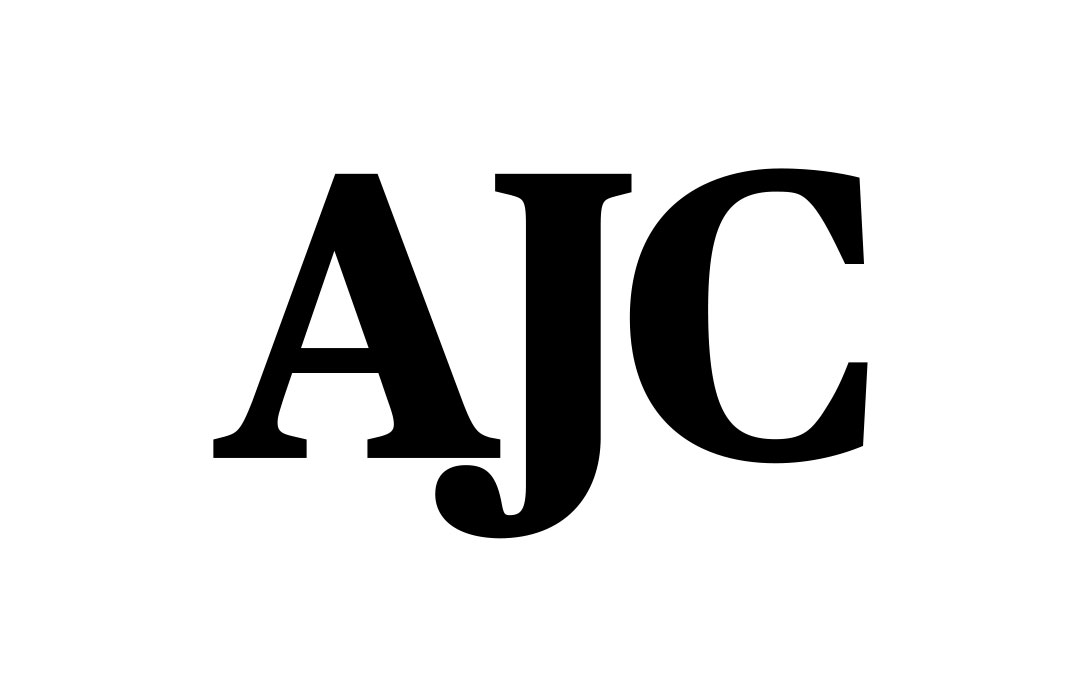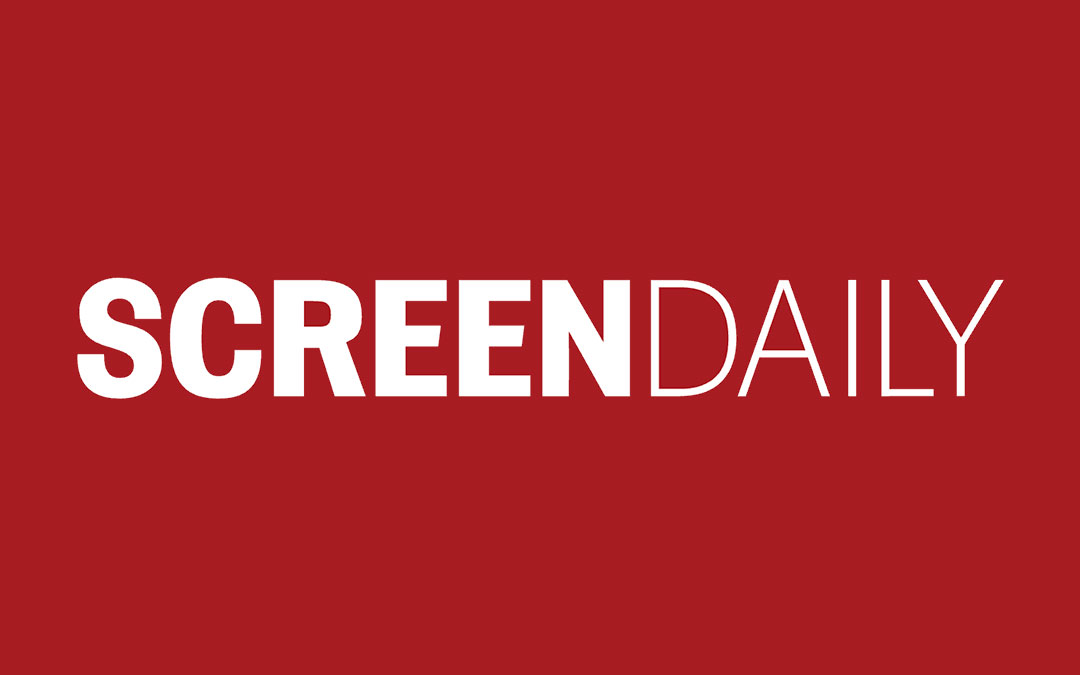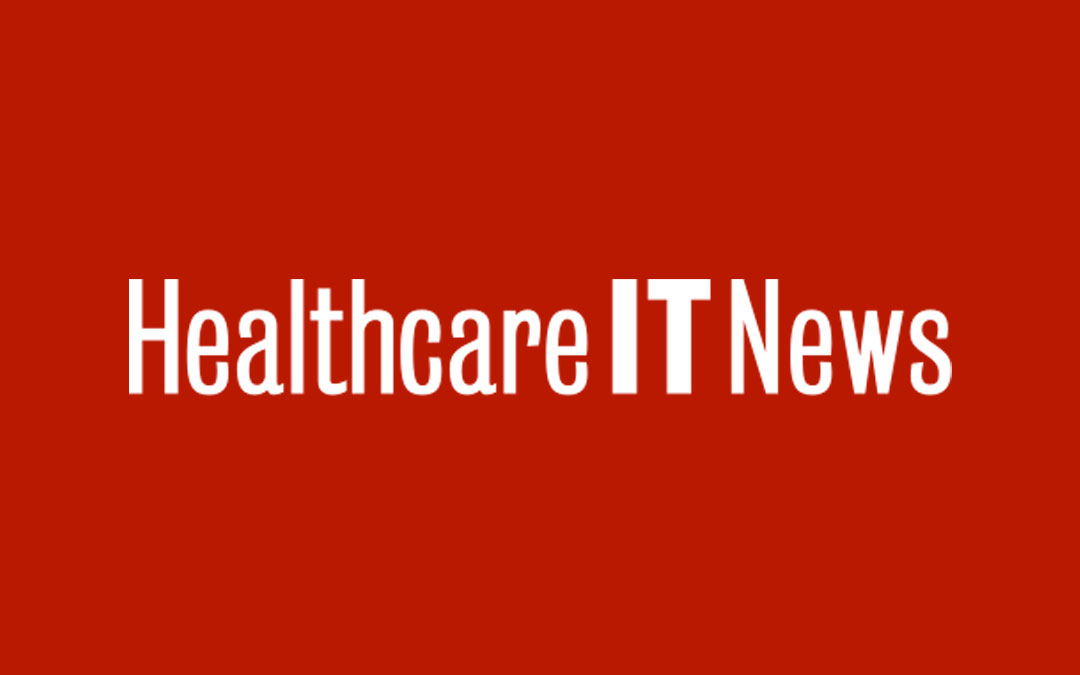Integrating absence management with wellness, disease management and work-life programs can lower health care costs.
Automating absence management programs is a necessity, experts say, in order to curb sick days, lower overtime and other indirect costs, and make employees healthier.
Further, integrating such a program with wellness, disease management and work-life programs can further reduce costs and get employees back to work sooner.
Surprisingly, 38% of employers still use manual reporting and spreadsheets for absence monitoring, with the majority resting that responsibility with payroll (56%) and managers (44%), finds a CyberShift survey. Placing this type of time-consuming manual reporting with managers can be a liability, which can lead to high error rates, warns CyberShift.
Further, despite efforts to curb unauthorized absences, 76% of respondents to the CyberShift survey estimated that up to 10% of their organization’s absences were unauthorized.
In addition, approximately 20% of respondents listed sick time as accounting for more than 25% of payroll costs, while nearly 60% noted that vacation time accounted for more than 25% of payroll costs. However, more conservative estimates from MetLife put direct costs at 1% to 2% of payroll and two to three times more for indirect costs.
Yet no matter the numbers, employers clearly are overspending, with some even assigning employees more time than they are entitled to if they utilize a manual system.
“Up until now people have really only calculated the absence rate. That’s a piece of it, but if you really want to know your costs, you need to look at the number of [employee absences broken down] by diagnosis, by department, by supervisor, how quickly you find out about the absence, whether or not overtime or an independent contractor was used to fill that slot,” explains Patrick Kalnas, CEO of Pihms Inc., a company that produces software to measure and offset absentee costs.
“What we’ve found is that once you reduce absenteeism, those other expenses – the overtime, contractor expenses, as well as other cascading expenses like bonding rates for self-insured employers, health care expenses, insurance premiums – are all impacted by the individuals being off work and the lack of timeliness of individuals getting involved to help manage that person to make sure they’re getting the appropriate care.”
Just as technical advances in other areas are making work easier, faster and more accurate, employers have 21st century solutions to aid in absence management.
“If you look at the big picture, there’s a lot of value in taking the administrative labor or manual process out of … absence management [and replacing it] with an automated, fully compliant solution that incorporates not only the absence management component, but also the contingency aspects of that, such as labor scheduling, that surround absence management,” says Morne Swart, vice president of CyberShift, which provides such software and services.
Moving out of the ‘black hole’
Delphi, a global supplier of electronics and technologies for automotive, commercial vehicle and other market segments, worked within a legacy-based system to manage absenteeism. There was no cross-communication between departments, and the measurement methods were old and outdated.
In 2006, Delphi began employing absence management software from Pihms Inc., saving $3 million in the first year alone just from lost workdays, as well savings from indirect costs, which were almost double the direct costs.
“We saw the biggest bang for the buck in hourly unionized employees because we were able to control costs [of overtime and additional, substitute workers],” says Diane Hopwood, former divisional nursing supervisor for Delphi. The company reduced its lost work days by 46% over three years and restricted days were reduced by 42%.
Kalnas emphasizes that companies looking to curb absenteeism costs first must move past thinking of absenteeism in silos, and instead start looking at the issue as it affects every part of an organization.
“[Measuring indirect absenteeism costs] traditionally has been a black hole that no one could measure,” he says. Now, however, “every aspect can be measured, and there’s no reason why you shouldn’t be doing it. You can’t manage what you don’t measure.”
This measurement includes tracking:
- The number of incidents.
- What percentage of employees are off in a given week on disability, family and medical, vacation or sick leave.
- The duration of those absences, and the costs are associated with them.
Using a software solution, Delphi tracks restricted work days, lost days, OSHA recordables, treatments and medications, and shares this information across company silos (except for treatments and medications for confidentiality reasons).
Before implementing the software, the medical staff had to manually provide documents and reports; now they use a daily notification system to cut down on time delays, a sector in which they saw significant savings.
By using a daily notification product, “we could get immediately involved, get them the care that they needed immediately, whereas before that we might not even be aware of the claim until the report at the end of the month,” says Hopwood.
From medical, the information travelled in real time to safety, where changes were made on the job and which involved the supervisor.
“It really pulled the team together in a much more quick and efficient manner,” Hopwood says. She goes on to emphasize that “the benefit of the system was the integration piece of the system – integrating safety, ergonomics, medical, job analysis, work compensation – which allowed these efficiencies.”
Fusing wellness, disease management, and absence control
“At the end of the day, the employer has to take a very holistic approach [to an absence management program],” says HealthFitness CEO Gregg O. Lehman.
Data show that in the first year of implementing an absence management program, companies saved approximately $2 for every $1 spent and successfully integrated absence management with their wellness program, in what Lehman describes as comprehensive health management.
Tying absence management to an employer’s health plan proves that “somebody is really helping these employees understand and navigate what benefits are available to them. And the employer has tools on a very active data dashboard so that they can manage this complex information and know how to minimize their exposure both from direct and indirect health care costs. It’s not rocket science, but at the end of the day not many employers know where to start,” he says.
Employers can also use absence management software to prove that wellness programs are working with a strong ROI and, ultimately, to help employees get healthy. This may prove useful when applying for grants for wellness programs as provided for in the new health care reform law.
“Yes, it could save employers a tremendous amount of money, but it also helps the employees. That’s a win-win situation, and it’s rare that you get that opportunity, so you want to make sure that you’re maximizing that opportunity,” Kalnas says.
Sick again?
As you may have suspected, your employees’ 24-hour stomach bug may not be the real deal, according to new study results from The Workforce Institute at Kronos.
The study discovered that 57% of salaried employees said they would take a sick day when they were not really sick. They would spend this faux sick day lounging around the house (52%), running errands (49%) and staying in bed (25%).
To cope with the stress of the workplace, workers were apt to take matters in their own hands if their employer didn’t offer sufficient paid holidays. Thirty-seven percent would take more vacation time; 16% would take more sick days.”
More than half of our survey respondents said they would take a sick day without really being sick. These kinds of unscheduled absences cost companies millions of dollars each year. Organizations should look at providing employees with more flexible paid-time-off options to better manage the problem.”
As a possible solution, more than three-quarters (77%) of salaried employees who get neither Martin Luther King Day nor President’s Day as paid holidays or who receive just one of those days off as a paid holiday, reported that they would not take a fake sick day if their company offered them a “Duvet Day.” This term was coined in the U.K. by organizations who give employees one or two paid days off per year that they can take without cutting into sick or vacation time – as in, they could just opt to stay under the covers of a duvet.




